Tuscany conjures up images of quiet meandering country roads winding uphill through fields of yellow crops to reach honey coloured stone villages asleep during the long afternoon siesta. The five ports of the North Tyrrhenian Sea Port Authority – Livorno, Piombino, Portoferraio and Rio Marina on the island of Elba, and the tiny harbour on the island of Capraia – are however very busy. Livorno is the cruise port of Tuscany with many coach loads of tourists leaving the port in the early morning, or the more adventurous taking the train, for the tourist attractions of the hotspots of Florence, Pisa and Lucca. Florence is known as the ‘City of the Lily’, as the emblem of the city has been a red lily on a white background since the eleventh century. The city is very famous for its art treasures, cathedral, and churches, and was ruled by the Medici family from 1421 to 1737. The beautiful city lies on the river Arno and was the birthplace of Dante and Machiavelli and is also known as the ‘Cradle of Civilisation’.
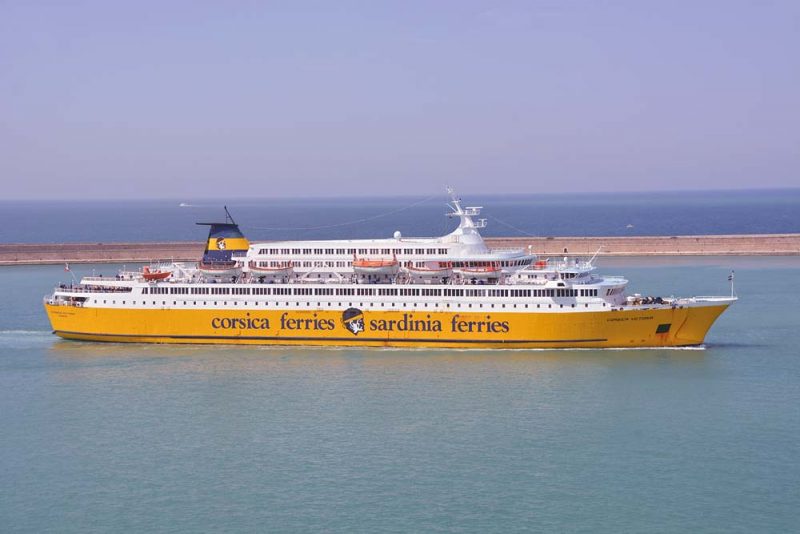
Livorno is the third largest port on the western coast of Italy, with over three hundred cruise ships arriving in 2016 with over 800,000 tourists (up by 2.5% over the previous year), and around 1.668 million ferry passengers moving in or out of the port to Corsica, Sardinia, North Africa and Barcelona in 2016. It is also a very busy cargo port with 32.816 million tonnes of cargo in 2016 (up 0.3% over the previous year), including twenty million tonnes of imports and almost thirteen million tonnes of exports. These are grain, timber, phosphates, fertilisers, silica sand, non-ferrous metals, paper, rutile sand, cellulose, clay, metal products, marble, coal, crude petroleum, refined petroleum products and a LNG reception terminal for four billion cubic metres of methane.
History of Livorno
Livorno was an ancient small Etruscan port and historical centre along with Populonia near the port of Piombino, the ferry port for the island of Elba. The construction of the Via Aurelia coincided with the occupation of the area by the Romans, who left many ruined towers as traces of their rule. The word Livorno is a transcription of the Latin word of a natural cove called Liburna, later Livorna and then Livorno. A small coastal village, port and the remains of a Roman tower existed in 1017. Countess Matilda of Tuscany built a new tower and donated the small fishing village to the Roman Catholic church in 1103, which then was fortified to pass into the hands of the Visconti family.
The all powerful Medici dynasty, rulers of Florence with an iron fist from the 15th to 18th centuries, began construction of an elaborate harbour at Livorno between 1518 and 1534, which encompassed canals, high fortified walls, towers and fortresses, with arched bridges over the canals. These canals are worth visiting today in the Porto Vecchio or Old Port. The town of Livorno was designed during the Italian Renaissance by architect Bernardo Buontalenti in 1577. The Medici family made Livorno a Free Port to make it one of the most important ports of the Mediterranean with an influx of Spanish, Armenians, Greeks and people from other countries, with the Spanish Muslims forced to convert to Roman Catholicsm. The Medici granted the port the status of a city in 1606, and Grand Duke Ferdinand I of Tuscany defeated Ottoman forces in 1618. A statue of him was commissioned from Pietro Tacca and was installed in 1599 in the Piazza Micheli, with the addition of four Moorish slaves chained together around its base during 1623 to 1626, and is known as ‘The Four Moors Statue’. The curved breakwater that protects the port was later constructed by the Medici successors, the important Habsburg dynasty of rulers.
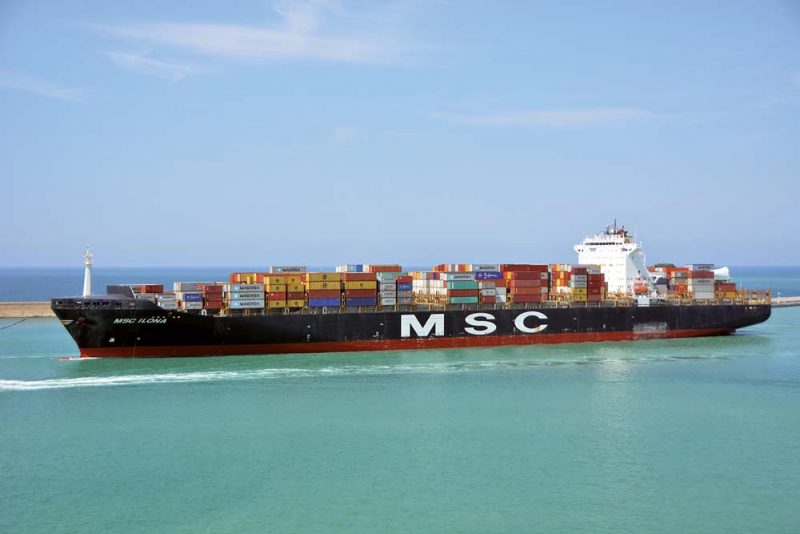
In 1861, Italy succeeded in its Wars of Unification, and Livorno became part of the Kingdom of Italy. In the late 19th century, Livorno blossomed with a town plan that included a cathedral, theatres, libraries, museums and a railway station, all built in the ‘Neoclassical’ and ‘Liberty’ styles of architecture. Livorno suffered extensive damage during the terrible fighting of World War II, with many historic sites and buildings destroyed by Allied bombing as well as German and Italian shelling. The cathedral and synagogue were destroyed and these and most of the city was rebuilt during post-war years.
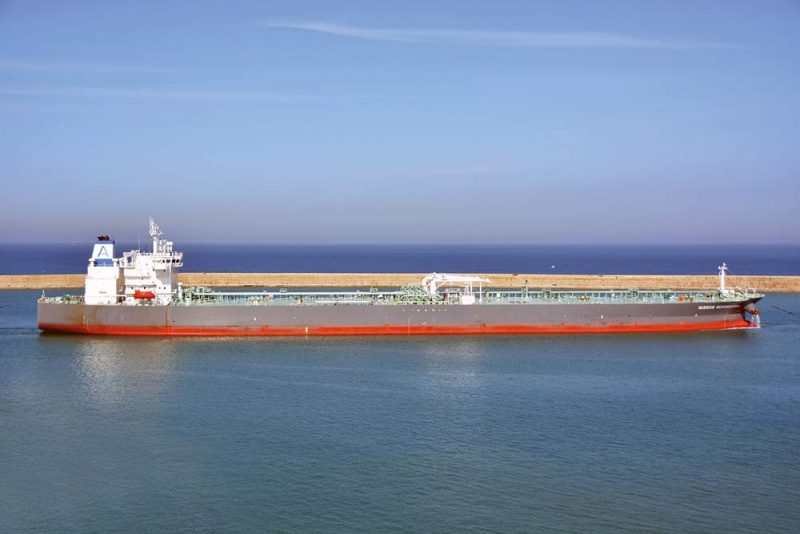

The Port Of Livorno
Located at latitude 43º 32′ north, longitude 10º 17′ east, the harbour consists basically of an Old Port (Porto Vecchio) and a New Port (Porto Nuovo), the latter much expanded during the last two decades, and all protected by four breakwaters. The breakwater to the north is the Marzocco breakwater, and to the west are the Meloria and Curvilinear breakwaters, and to the south the Vegliaia breakwater. There are two entrances to the port, the Bocca Nord or north entrance between the Marzocco and Meloria breakwaters, and the Bocca Sud or south entrance between the Curvilinear and Vegliaia breakwaters. Vessels drawing up to twenty feet can enter through the north entrance, and up to forty feet through the south entrance. Loaded Aframax tankers can only transit the entrances during daylight hours, but coastal tankers up to 15,000 dwt can leave during the hours of darkness.
Persistent north west winds with a southerly current in summer run between the shoal of Meloria and the harbour, while a northerly current prevails during the winter and south east and south west gales. The roadstead of Livorno is exposed to winds from the open sea rendering anchorage unsafe, with those vessels that do anchor being advised to be at least 12.5 cables from the lights at the southern extremity of the Curvilinear breakwater. The harbour contains four large basins as follows:-
Outer Harbour, which includes the space between the south Vegliaia breakwater, the Curvilinear and Meloria breakwaters to the west, and the Marzocco breakwater to the north.
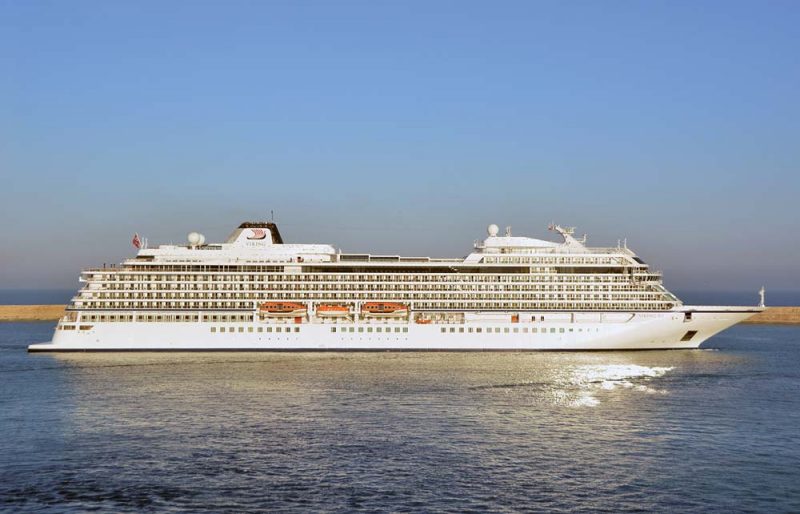
Old Harbour (Porto Vecchio), which includes the Capellini and Firenze basins, and the Darsena of the Stazione Marittima or Ferry Port. The three thousand square metres of the Cruise Terminal building is also at the entrance to the Firenze basin.
Bacino San Stefano with the Darsena Calafati, Darsena Petroli, Darsena Pisa and the entrance to the Porto Nuovo (New Port). Alto Fondale quay is used for the handling of various dry general cargoes.
New Port (Porto Nuovo) formed by the Bacino Evoluzione, the Central Basin, and the new Darsena Toscana container terminal, and the Darsena Inghirami used by Grimaldi ro-ros, and the Darsena Ugione and Canale Industriale for forestry products and paper roll handling. The very long and impressive Toscana container handling yard has been reclaimed from the sea, and there are further areas of reclamation in progress where the Toscana container yard meets the Marzocco breakwater. This area is bounded to the north by the railway line to the Livorno Centro station, rendering further expansion northwards impossible.
Subscribe today to read the full article!
Simply click below to subscribe and not only read the full article instantly, but gain unparalleled access to the specialist magazine for shipping enthusiasts.

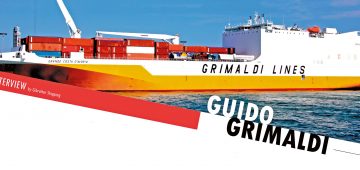




Comments
Sorry, comments are closed for this item